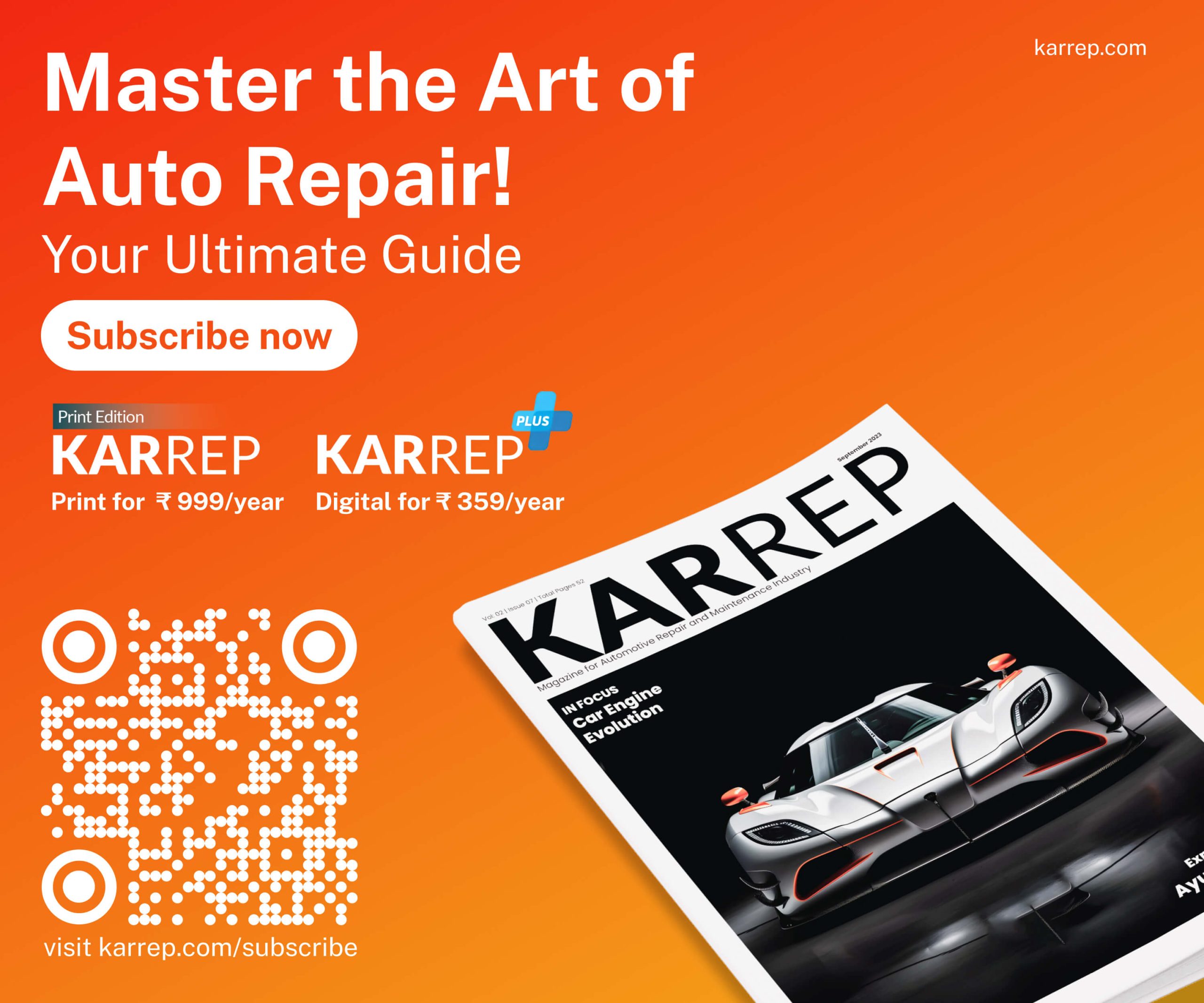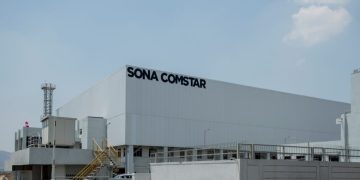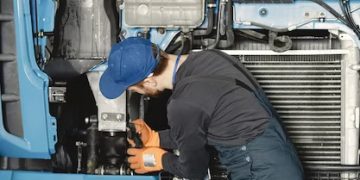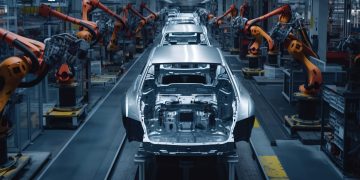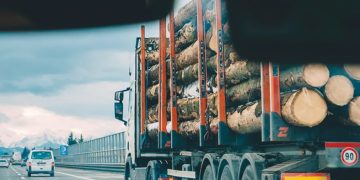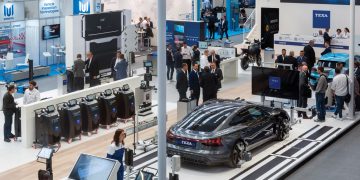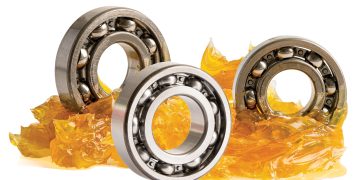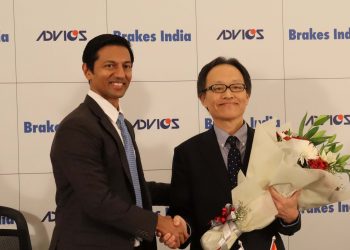Welding is an essential process that is widely used in multiple industries and trades. It is particularly critical in the auto body and automotive sectors, where skilled tradespeople rely on it to join different car parts together. The quality of the welds is a critical factor in the final outcome of the auto body work, as clean and strong welds not only enhance the vehicle’s appearance but also ensure its reliability on the road. In this article, we will delve into the welding process in the automotive repair industry.
Welding is the process of using extreme heat to join pieces of metal together. In the automotive industry, it can be divided into two main categories:
Fusion Welding
Where pieces of metal are heated to the melting point, joined together (usually with a filler rod), and allowed to cool.
Pressure Welding
Where the metal is heated to a softened state by electrodes, and pressure is applied then the metal is joined, like spot welding.
The main reason for using welding in auto repair is to join the pieces of materials together, in general, there are three basic methods of joining metal together in the automotive industry:
□ Mechanical (metal fastener).
□ Chemical (adhesive fastening).
□ Welding (fusion or pressure).

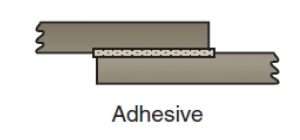
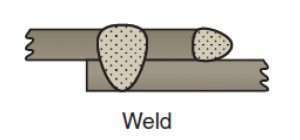
New welding techniques and equipment are become used in auto body repair, popular arc and oxyacetylene ways are old fashion but still needed in some usage.
New steel alloys used in today’s cars cannot be welded properly by these two processes.
Nowadays, gas metal arc welding (GMAW), better known as metal inert gas (MIG) welding, offers more advantages than other methods for welding high-strength steels (HSS) and high-strength, low alloy (HSLA) steel component parts used in modern cars.
Most of the applications of HSS and HSLA steels are restricted to body structures, reinforcement parts, brackets, and supports, rather than large panels or outer skin panels.
Weld Terminology
□ Weld root
It is the part of the joint where the wire electrode is directed.
□ Weld face
It is the exposed surface of the weld on the side that has been welded.
□ Weld penetration
It is indicated by the height of the exposed surface of the weld on the back side. Full weld penetration is needed to assure maximum weld strength.
□ Burn mark
On the back of a weld is an indication of good weld penetration.
Welding Joint Types
In the welding procedure there is a technique to join the metal pieces together which we can classify as the following:
- Square butt joint,
- V butt joint,
- Lap joint,
- T-joint
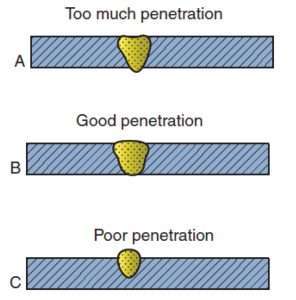
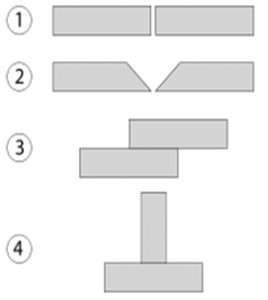
Several types of welding, from all positions (horizontal, vertical, flat, and overhead), are recommended by automakers during collision repair of their high-tech vehicles.
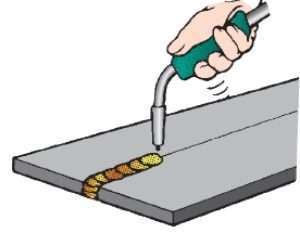
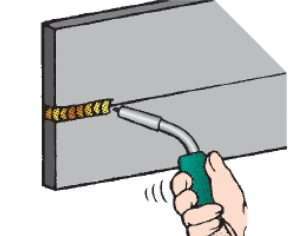
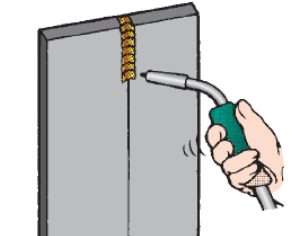
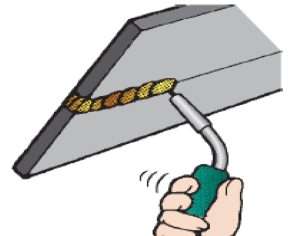
Welding Types in Auto Body
There are three basic types of welding have been used in autobody repair:
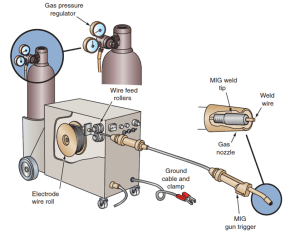
□ MIG
Also called wire feed arc, and it is the most common type of welding for steel unibody panels, medium-thickness frames, and heavy-gauge full frames.
Because a majority of new vehicles use HSS construction, MIG welding is the most common method used in collision repair facilities.
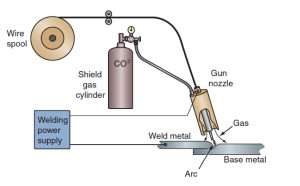
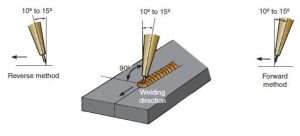
Here the gun angle is perpendicular to, or straight down into, the work piece. The gun should be held perpendicular when making a plug weld hole during body panel replacement.
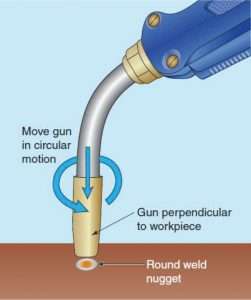
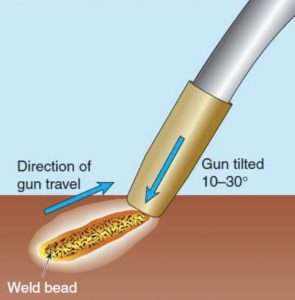
Trailing or dragging the torch is the most common direction used to make continuous, flat welds. The torch is tilted 10 to 30 degrees and slid along in front of the weld bead.
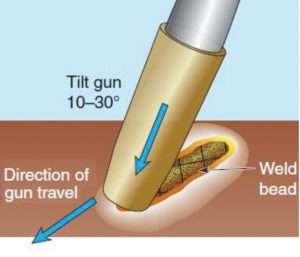
Leading or pushing the torch is sometimes preferred by some welders.
□ Tungsten inert gas (TIG)
Which uses a handheld rod and gas-shielded arc, is often recommended when welding aluminium alloy body panels. However, MIG welding with a larger 0.047-inch (1.2 mm) aluminium wire can also be used.
Many experts agree that TIG welding aluminium is superior to MIG for several practical reasons.
Large diameter, soft aluminium wire does not feed through a MIG welder as well as steel wire.
The soft wire tends to jam in the MIG feed mechanism more often. It is easier to control the aluminium weld pool and prevent burn through with a handheld rod.
You can move the TIG rod in and out of the weld pool to control weld heat better than an automatic feed MIG wire.
Many auto manufacturers now use lightweight, corrosion-resistant aluminium alloy panels (hoods, fenders, and so on), and even whole unibody structures can be welded aluminium. To repair these vehicles, you should be capable of efficiently welding aluminium.
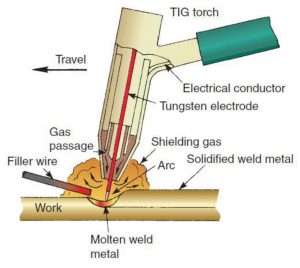
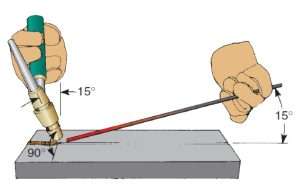
□ Resistance spot welding
Resistance spot welding is the most important welding process used by automotive manufacturers. It is used on their assembly lines to make many of the OEM welds on unibody cars.
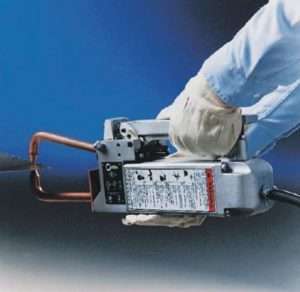
Because resistance spot welding is now specified by a growing number of automobile manufacturers for repair welding their vehicles, the repair specialist must know how to use a resistance spot welding gun.
The squeeze-type resistance spot welder is ideal for repair welding many of the unibody’s thin plates sections that require good weld strength and no distortion.
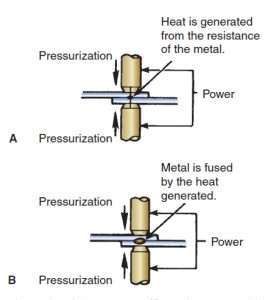
Spot Welding Works Way
Resistance spot welding relies on the resistance heat generated by low-voltage electric current flowing through two pieces of metal held together, under pressure, by the squeeze force of the welding electrodes.
Thus, the three important factors in the operation of resistance spot welding are:
- Pressurisation
The mechanical welding bond between two pieces of sheet metal is directly related to the amount of force exerted on the sheet metal by the welding tips. As the tips squeeze the sheet metal together, an electrical current flows from the tips through the base metal causing the metal to melt and fuse together.
- Current flow
When pressure is applied to the metal, a high electric current flows through the electrodes and through the two pieces of metal. The temperature rises rapidly at the joined portion of the metal where the resistance is greatest.
If the current continues to flow, the metal melts and fuses together. If the electrical current becomes too great or the pressure too low, internal spot will result.
However, if the current is decreased or the pressure is increased, weld spot will be held to a minimum.
As can be seen, there is a mutual relationship between the electrical current and the pressure applied to the spot weld.
- Holding
If the current flow is stopped, the melted portion begins to cool and forms a round, flat bead of solidified metal (nugget).
This structure becomes very dense due to the pressurisation force, and its subsequent mechanical bonding is excellent. Pressurisation time is very important. Do not use less time than specified in the operator’s manual.
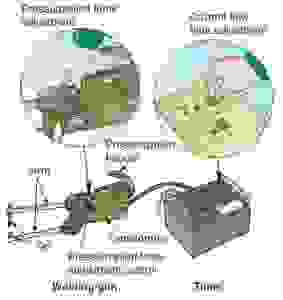
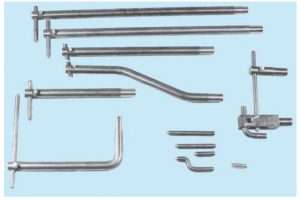
Typical Applications for Spot Welding
Typical applications include roofs, window and door openings, rocker panels, and many exterior panels. When installing welded structural panels, always refer to detailed instructions from the specific auto manufacturer or information provider. They will give exact cut or section locations, types of welds (plug, spot, or braze).
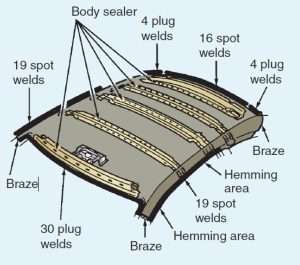
Resistance spot welding has several advantages:
- It reduces welding costs.
- No consumable filler wire, rod, or gas is required.
- It is clean with no smoke.
- It allows use of weld through conductive zinc primers to restore corrosion protection to repair joints.
- It duplicates OEM factory weld appearance.
- It eliminates the need for grinding of welds.
- It is fast; weld times of a second or less make strong welds on HSS and HSLA steels as well as mild steels (which are able to form by hammer), with a very small heated zone, eliminating distortion of metal.
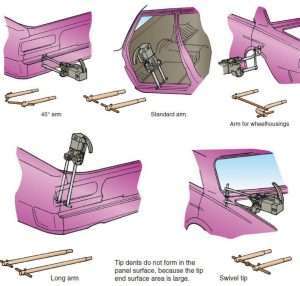
Figure-20: Type of arm for the job 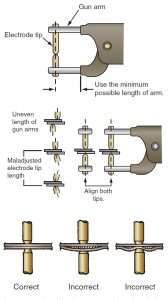
Figure-21:The correct way for welding
□ Oxyacetylene
Normally used for cutting panels. And for welding copper. A soft, low-temperature rod is used to harden or braze critical locations on large panels to form a softer, more flexible bead to prevent metal cracks and water leakage. Between roof and pillars.
Remember that oxyacetylene welding is not recommended on today’s thin, high-strength steels; only MIG welding is allowed.
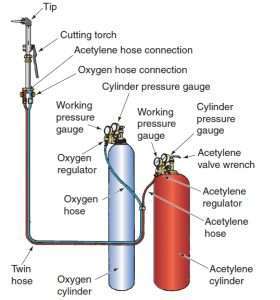
Always follow auto manufacturer instructions and specifications when welding panels during collision repair.
The company that designed and built the vehicle knows the correct weld procedures for properly repairing its own vehicles after an accident. These factory specifications and detailed instructions are the “repair standard.”
Source:
Auto Body Repair Technology.
To be Continued….
Author
Business Development Manager
JoClaims
Amman – Jordan


